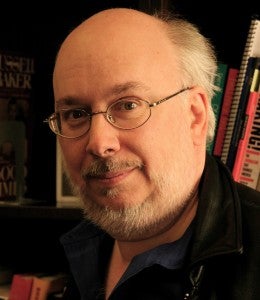Star Wars: A newish hope?
Hollywood has had its worst summer box office in two decades. The internet, cellphones, social media, streaming television, premium cable and fidget spinners all threaten to destroy our celluloid heroes, or at least the leisure time we spend with them.
This week, the movie industry looks to one of its most valued franchises, Star Wars, to draw moviegoers back to actual movie theaters and dominate the cultural conversation, as it has for the last 40 years. The franchise has roots right here at USC, with both Star Wars creator George Lucas and “The Last Jedi” director Rian Johnson once calling the university home.
Despite the title of the Star Wars universe’s latest cinematic entry, we surely haven’t seen the last of the Jedi, the Sith or the Wookiees. USC experts discuss the ongoing impact of America’s most enduring movie franchise and whether or not it can continue to stir our imagination while restoring peace to Hollywood’s galaxy…
Contact: Ian Chaffee, (213) 810-8554 or ichaffee@usc.edu
Image: Luke Skywalker (Mark Hamill), Darth Vader and stormtroopers on the USC campus (David Sprague/USC)
_____________________________________
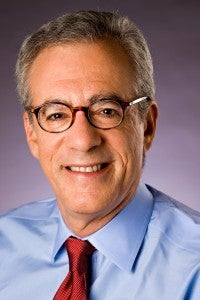 ‘Help us, Obi-Wan Kenobi, you’re our only hope’
‘Help us, Obi-Wan Kenobi, you’re our only hope’
“Studios are nervous about ‘franchise fatigue.’ The worldwide audience did not respond last summer with the enthusiasm necessary or expected after big-budget sequels like ‘Pirates of the Caribbean’ and ‘Transformers’ disappointed, so this adds more pressure for Star Wars.” (Comments adapted from an interview with Marketplace)
Jason E. Squire can discuss all aspects of movie business practice, including the global industry, audience issues, and current events involving Star Wars, Disney and the wider entertainment business. He is an associate professor of the practice of cinematic arts at the USC School of Cinematic Arts and editor of “The Movie Business Book, Fourth Edition” (2017). He has also served as a studio executive at 20th Century Fox, United Artists and Avco Embassy Pictures.
Contact: (213) 740-3192 or jsquire@usc.edu
_____________________________________
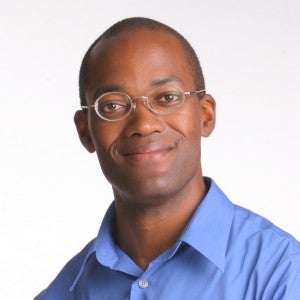 Fact check: Making the Kessel Run in 12 parsecs
Fact check: Making the Kessel Run in 12 parsecs
Clifford Johnson can discuss the physics of hyperdrive and other scientific fictions presented by Star Wars. He has served as a science consultant to Hollywood blockbuster (“Thor: Ragnarok,” “Avengers: Infinity War”) and critically acclaimed television (National Geographic’s “Genius”) alike. His latest book, “The Dialogues: Conversations about the Nature of the Universe,” presents the human inquiry into our greatest scientific mysteries in graphic novel form. He is a professor of physics and astronomy at the USC Dornsife College of Letters, Arts and Sciences.
Contact: johnson1@usc.edu
_____________________________________
Galactic representation matters
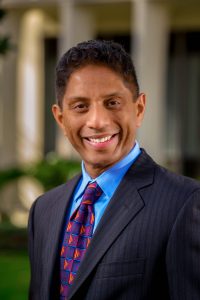 Shrikanth Narayanan and his Media Informatics and Content Analysis team at the Signal Analysis and Interpretation Lab at the USC Viterbi School of Engineering recently analyzed the Star Wars films finding a significant increase in female and non-white character speaking roles in the newer films as compared to the original trilogy. He can discuss this and his other groundbreaking research in using video and sound data-capture techniques to measure diversity in film. He holds the Niki and C. L. Max Nikias Chair in Engineering and is director of the Signal Analysis and Interpretation Lab at the USC Viterbi School of Engineering.
Shrikanth Narayanan and his Media Informatics and Content Analysis team at the Signal Analysis and Interpretation Lab at the USC Viterbi School of Engineering recently analyzed the Star Wars films finding a significant increase in female and non-white character speaking roles in the newer films as compared to the original trilogy. He can discuss this and his other groundbreaking research in using video and sound data-capture techniques to measure diversity in film. He holds the Niki and C. L. Max Nikias Chair in Engineering and is director of the Signal Analysis and Interpretation Lab at the USC Viterbi School of Engineering.
Contact: shri@sipi.usc.edu
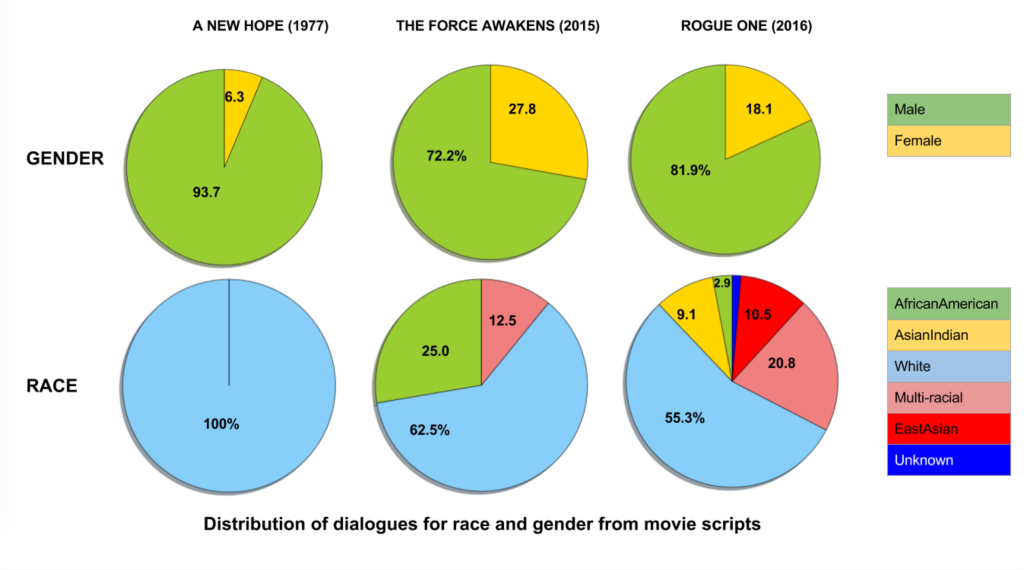
_____________________________________
The digital side of the Force
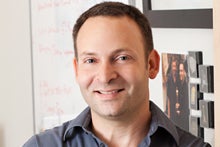 “The Star Wars films have inspired numerous technologies for 3D and video games as well as served as a common reference point for aspiring technology.
“The Star Wars films have inspired numerous technologies for 3D and video games as well as served as a common reference point for aspiring technology.
“For example, the holographic Princess Leia asking for help has served as a reference for holographic projections, augmented reality and volumetric capture. The Star Wars cantina has inspired numerous video game taverns populated with funny-looking creatures that can help you on your quest, and every Star Wars video game development session starts with the question, ‘How are we going to allow the players to act out a real lightsaber fight?’”
Ari Shapiro can discuss the special effects of Star Wars and the Star Wars gaming universe. He has worked on character animation tools and algorithms for top visual effects and video games companies such as Industrial Light and Magic, LucasArts and Rhythm & Hues Studios, and also holds video games credits in the Star Wars: The Force Unleashed series. He is a research assistant professor in computer science at the USC Viterbi School of Engineering and heads the character animation and simulation research group at the USC Institute for Creative Technologies.
Contact: (310) 429-1181 or shapiro@ict.usc.edu

_____________________________________
 A long time ago in a movie galaxy far, far away…
A long time ago in a movie galaxy far, far away…
“There was no one at 20th Century Fox other than ‘Laddie’ [former 20th Century Fox executive Alan Ladd, Jr.] who absolutely, unequivocally believed in Star Wars and felt it would be a hit. Nobody understood it.
“I think films from that point on really looked carefully at merchandising. So many people owe so much to George Lucas for blazing that trail and for finally cashing in on what was a very lucrative part of the business.
“The original tagline of the film was, ‘An odyssey to the edge of your imagination, far beyond.’ That’s the success of Star Wars, it’s an odyssey. It transports the viewer. It’s a great testament to storytelling. Star Wars transported you into a world that George Lucas populated, and it was brilliant.
“Now, you know what you’re going to get before you go in, it delivers, and it consistently delivers.” (Comments adapted from a Facebook Live discussion with USC.)
David Weitzner can discuss the early promotion of the Star Wars universe and how the Star Wars phenomenon has changed the production and selling of movies. From the marketing campaigns of the original Star Wars to Alien and E.T. The Extra-Terrestrial, to overseeing Warner Bros. and ABC Pictures entertainment business as vice president and general manager of the Entertainment and Leisure Division of Grey Advertising in New York, Weitzner’s illustrious 40-year-plus career includes roles as a consultant, strategist, and lecturer. He is a lecturer at the USC School of Cinematic Arts.
Contact: (213) 740‑7374 or dweitzner@cinema.usc.edu
_____________________________________
“We can definitely see the new Star Wars films as demonstrating a shift in the industry’s understanding of its fans, a strategy of incorporation rather than of prohibition.
“We’re seeing an increased number of research firms working around the entertainment industry who are trying to understand, in more and more complexity, the dynamics of fan investment in media properties and how to maximize the value of fan appreciation.
“Mass media accommodate fan culture more and more, and we’re seeing more signs of fan service, for better or worse, within the texts themselves. This focus on the diverse audience also reflects a recognition that transmedia allows media producers to serve multiple fan audiences through different kinds of extensions.” (Comments adapted from an interview in Dan Hassler-Forest’s “Star Wars and the History of Transmedia Storytelling,” published by Amsterdam University Press)
Henry Jenkins is the Provost’s Professor of Communication, Journalism, Cinematic Arts, and Education at USC. He is also chief advisor to the Annenberg Innovation Lab at USC, where he helps inform research initiatives in transmedia branding, learning, and storytelling. He and his wife have attended every Star Wars film on opening day since “The Empire Strikes Back.” He can discuss the history of Star Wars fandom across all different types of media (and regularly does on his blog, “Confessions of an Aca-Fan“).
Contact: (213) 740-9727 or hjenkins@usc.edu
_____________________________________
David Barnhart can discuss the physics of hover vehicles, like those used in popular Star Wars scenes like the speeder chase on Endor and Anakin Skwalker’s pod race, and he was recently featured in an episode of IBM’s “Science and Star Wars.” He can also discuss other space and satellite technologies. He is a professor of astronautical engineering at the USC Viterbi School of Engineering and director of the Space Systems and Technology Division at USC’s Information Sciences Institute.
Contact: (310) 448-8644 or barnhart@isi.edu
_____________________________________
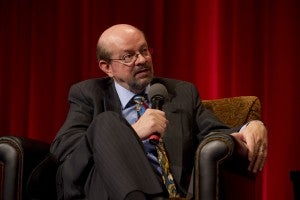 Iconic music to match an iconic universe
Iconic music to match an iconic universe
Jon Burlingame can discuss the impact of the Star Wars film score and composer John Williams on how we hear the films we love and the business of movie music. He has written extensively about John Williams for publications like the Los Angeles Times, Variety, and The Film Music Society, and for the liner notes of John Williams-related music releases. He is the nation’s leading writer on the subject of music for films and television and is an adjunct assistant professor at the USC Thornton School of Music.
Contact: burlinga@usc.edu

